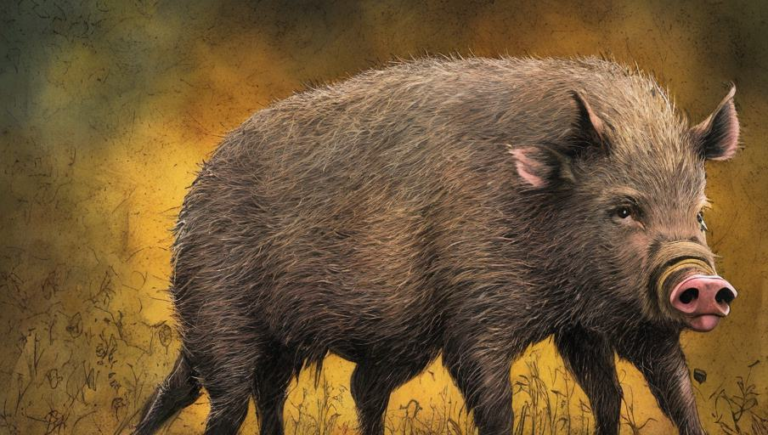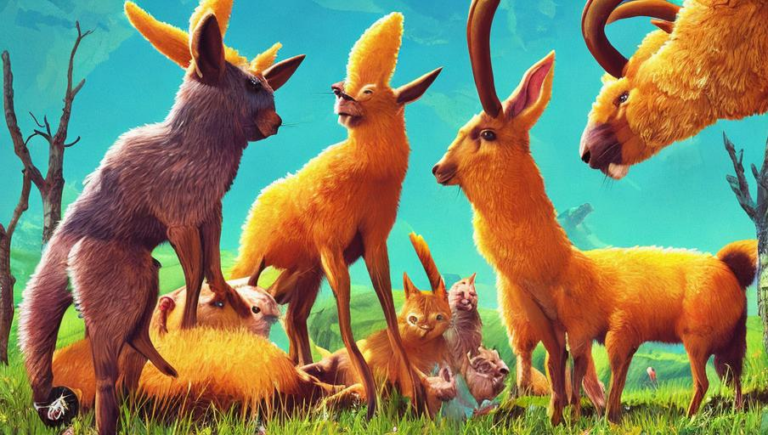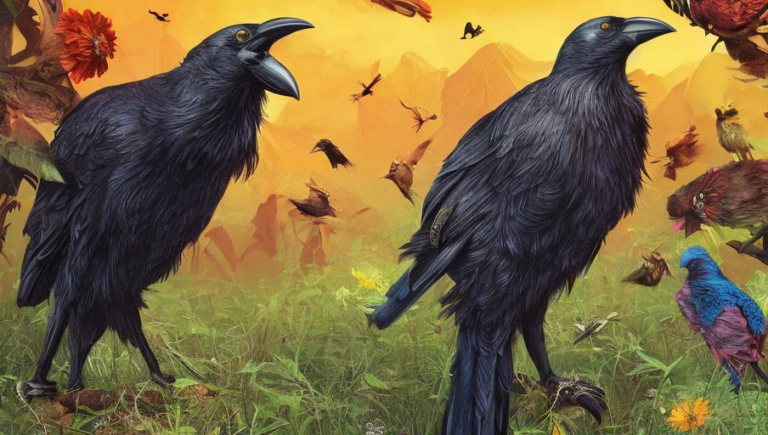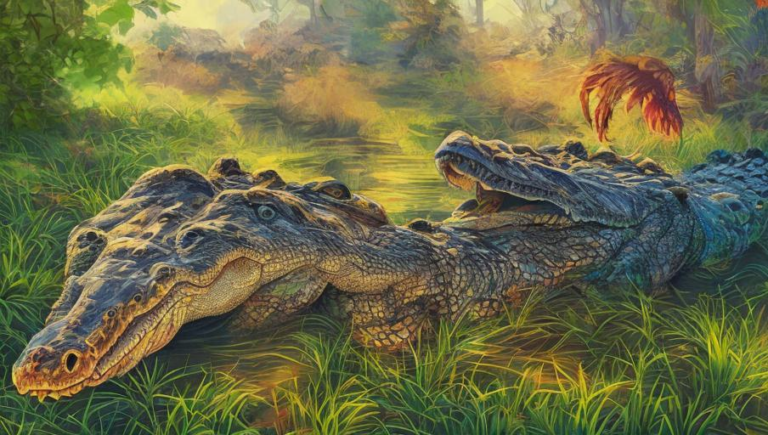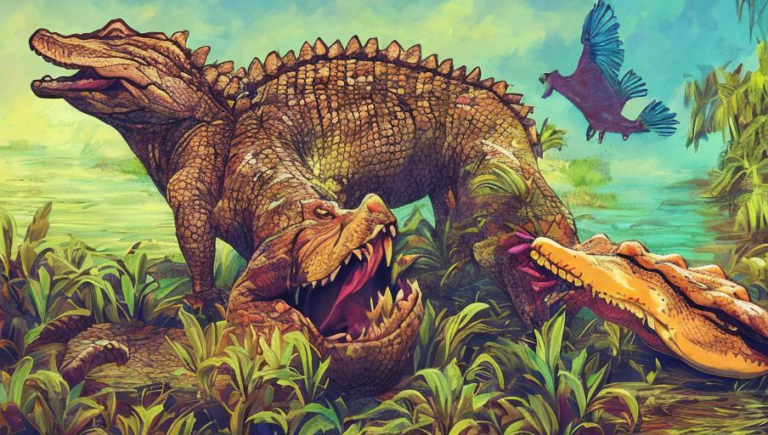Observing Caribou in Their Natural Habitat
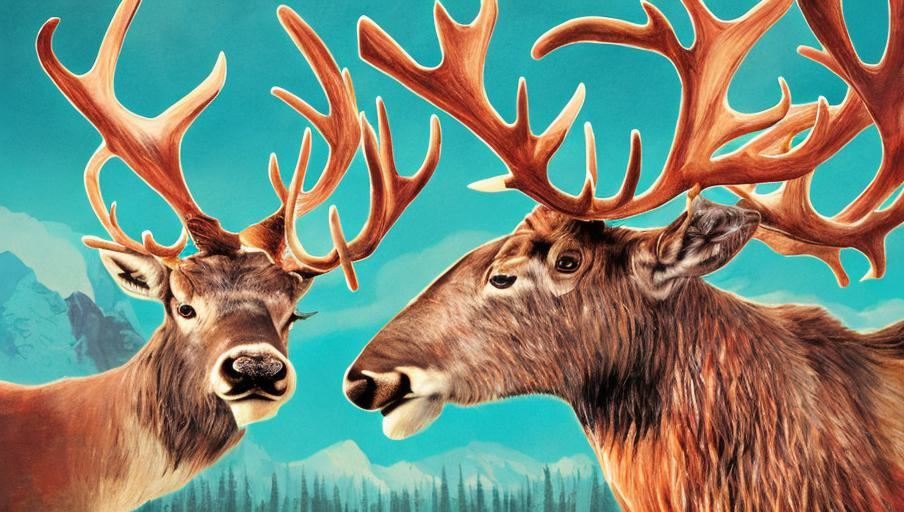
Introduction
Caribou are a species of large, hoofed mammals in the deer family. They are native to the Arctic and subarctic regions of North America, Europe, and Asia, and can be found in Canada, Alaska, and Greenland. Caribou are herbivores, feeding mainly on the lichens, mosses, and grasses of the northern tundra. They are known for their impressive migrations, often traveling hundreds of miles in search of food and better habitats. Caribou are also incredibly hardy creatures, able to survive in some of the most extreme climates of the world.
Range and Habitat
Caribou are found in a wide variety of habitats, from boreal forest to tundra. They are most commonly found in the northern tundra regions of North America, Europe, and Asia, where temperatures can drop to as low as -50°C in winter. Caribou are also found in the boreal forests of Canada, Alaska, and Greenland. They are also known to migrate long distances in search of food and better habitats.
Appearance
Caribou have a stocky body and short legs. They have thick fur that can range from a light brown to a dark grey color. They have a distinctive white patch on their rump, which is used to mark their territory. Males are typically larger than females, and can weigh up to 600 kilograms. Both sexes have antlers that can reach up to two meters in length.
Behavior
Caribou are social creatures, living in herds of up to several hundred individuals. During the summer, they can be found grazing in the tundra and boreal forests. In the winter, they migrate south in search of food and better habitats. During the rut, or breeding season, males can be seen competing for mates, often locking antlers in a show of strength.
Observing Caribou in Their Natural Habitat
Caribou are an impressive species to observe in their natural habitat. They can be seen grazing in the tundra and forests, and are often seen during their migrations. To observe them, it is best to go to their natural habitats, such as the tundra or boreal forests of Northern Canada, Alaska, and Greenland. It is important to remember that they are wild animals and should not be disturbed, so it is best to stay at a distance and observe them from a safe spot. It is also important to remember that they are an endangered species, so it is important to take care not to disturb their habitat.
Conservation
Caribou are an endangered species, and their populations are declining due to a number of threats, such as habitat loss, climate change, and overhunting. Conservation efforts are underway in many areas to protect their habitat and to support their populations. These efforts include habitat protection and restoration, as well as initiatives to reduce poaching and hunting. Additionally, some areas have implemented programs to monitor their population numbers and to support their conservation.
Conclusion
Caribou are an amazing species, and it is an incredible experience to observe them in their natural habitat. They are a species that is in need of protection, and it is important to take conservation measures to ensure their future. By understanding more about them, we can better appreciate and protect these incredible creatures.
